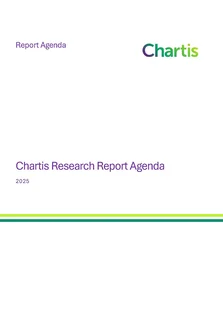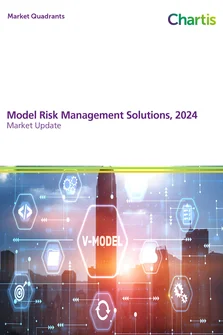<p>The Solvency II regulations are a set of risk-sensitive solvency and capital requirements for European insurers and reinsurers. Similar to the Basel requirements for the banking sector, they consist of three pillars: capital adequacy requirements; governance and risk management; and disclosure. Insurance firms across Europe are attempting to deal with the implementation of the rules and want robust technology systems to support their Solvency II programs.</p>
<p>The cost and complexity of Solvency II continues to rise. While firms initially accepted Solvency II as a necessary and even cost-saving measure, delays to finalizing the rules and their implementation have increased the cost and complexity of compliance. Solvency II has not yet been finalized and the implementation schedule has been delayed again from January 2014 to 2016. Firms do consider the latter date to be more realistic.</p>
<p>Solvency II represents an opportunity for return on investment (ROI). Insurance firms recognize that investment in more advanced Solvency II requirements, such as Own Risk and Solvency Assessment (ORSA) and Internal Model Approach (IMAP), will provide a pathway to increased control and understanding of business processes and models. Partly for this reason, although Solvency II will primarily affect European firms, insurers from other markets with business in the EU are also investing in Solvency II solutions.</p>
<p>Most firms are investing in Pillar 2 solutions. Currently, most firms are investing in solutions for Pillar 2 of the regulations, particularly on ORSA. However, there is still a lack of focus on Pillar 3 solutions. Investment in IMAP is increasing, especially among Tier 1 firms, although smaller firms consider it too expensive.</p>
<p>Vendor solutions specifically designed for the insurance industry are leading the market. In dealing with Solvency II, vendors have realized that repurposing banking solutions will not be sufficient and that bespoke, insurance-specific solutions will be needed. However, vendors need to offer more non-life and reinsurance solutions. Firms also need flexible solutions to keep up with their requirements and the on-going development of the Solvency II rules.</p>
<p>This report is an update of Chartis’s previous Solvency II report published in 2011. The report covers both the demand and supply-side of the Solvency II technology market and includes new information on industry trends and business requirements. It covers the main market and regulatory requirements and the competitive landscape.</p>
<p>This report uses Chartis’s RiskTech Quadrant<sup>®</sup> to explain the structure of the market. The RiskTech Quadrant<sup>®</sup> uses a comprehensive methodology of in-depth independent research and a clear scoring system to explain which technology solutions meet an organization’s needs. The RiskTech Quadrant<sup>®</sup> does not simply describe one technology solution as the best Solvency II solution; it has a sophisticated ranking methodology to explain which solutions would be best for buyers, depending on their implementation strategies.</p>
<p>The report covers the leading vendors in the Solvency II space, including Bwise, Effisoft, IBM, Mega, MetricStream, Moody’s Analytics, Oracle, QRM, SAP, SAS, SecondFloor, SunGard, Towers Watson, UBS Delta, and Wolters Kluwer.</p>
Only users who have a paid subscription or are part of a corporate subscription are able to print or copy content.
To access these options, along with all other subscription benefits, please contact info@risk.net or view our subscription options here: http://subscriptions.risk.net/subscribe
You are currently unable to print this content. Please contact info@chartis-research.com to find out more.
You are currently unable to copy this content. Please contact info@chartis-research.com to find out more.
Copyright Infopro Digital Limited. All rights reserved.
As outlined in our terms and conditions, https://www.infopro-digital.com/terms-and-conditions/subscriptions/ (point 2.4), printing is limited to a single copy.
If you would like to purchase additional rights please email info@chartis-research.com
Copyright Infopro Digital Limited. All rights reserved.
You may share this content using our article tools. As outlined in our terms and conditions, https://www.infopro-digital.com/terms-and-conditions/subscriptions/ (clause 2.4), an Authorised User may only make one copy of the materials for their own personal use. You must also comply with the restrictions in clause 2.5.
If you would like to purchase additional rights please email info@chartis-research.com


